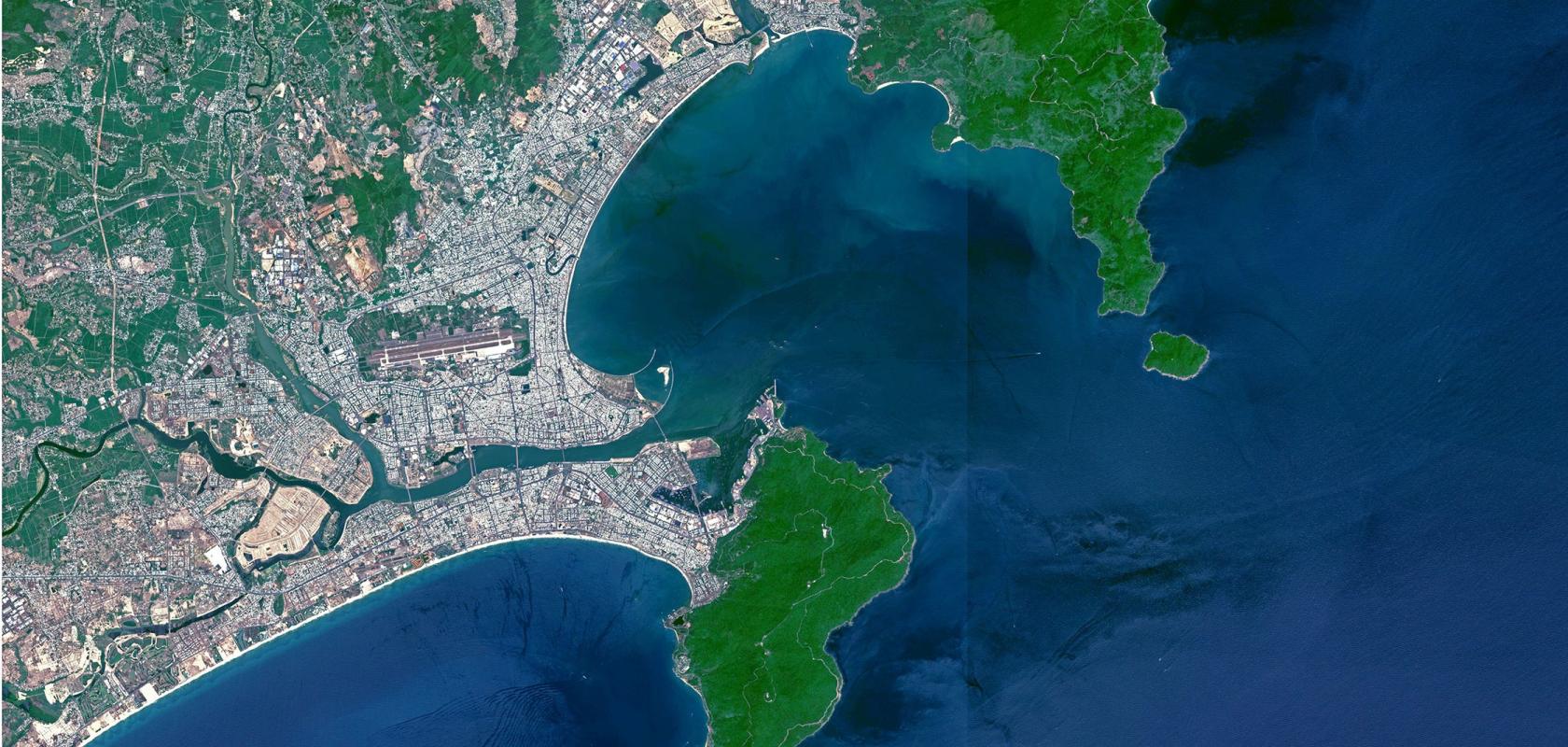UK environmental researchers will be able to access a new high performance computing (HPC) facility at the Plymouth Marine Laboratory (PML), developed to help scientists to apply artificial intelligence (AI) and deep learning models to Earth observation data.
Plymouth Marine Laboratory (PML) is hosting the HPC facility as part of the Natural Environment Research Council (NERC) Earth Observation Data Acquisition and Analysis Service (NEODAAS).
Dr Daniel Clewley, NEODAAS Manager and research software engineer at Plymouth Marine Laboratory, comments: ‘AI is a tremendous step forward within the Earth Observation field. A staggering amount of data is produced by satellite every day and by using AI, researchers can tease out changes, trends and anomalies not possible with standard analysis. The new MAGEO HPC cluster provided and supported by OCF will enable researchers in the UK to fully utilise AI with Earth Observation data.’
The new facility is the first centralised HPC service available to UK environmental researchers specifically for applying artificial intelligence (AI) and deep learning to Earth observation data. The new HPC system is designed, integrated and maintained by high performance compute, storage, cloud and AI integrator, OCF.
The Massive GPU Cluster for Earth Observation (MAGEO) has been funded by a NERC transformational capital award to support scientists seeking to apply deep learning tools to their own data, or for deep learning experts looking to apply their techniques to Earth Observation data. MAGEO will be used for a diverse range of applications including wildfire, oil spill and plastics detection, mangrove mapping and satellite and airborne data fusion. It has already contributed to the COVID-19 sequencing effort by donating computing power to Folding@Home.
Despite only recently being installed, MAGEO has already been used to develop a new method for the estimation of chlorophyll concentrations in the upper ocean. The method would have taken 16 months to train on a single GPU machine, but using MAGEO took only 10 days.
Russell Slack, Managing Director of OCF, says: ‘OCF is delighted to support NEODAAS in providing a shared HPC resource that can be utilised by many researchers across the UK in gathering environmental intelligence. The HPC facility supports cutting edge science produced by the Earth Observation group at PML and is now able to run a huge number of concurrent simulations for scientists when collating Earth observation data for the good of our planet’s sustainability.’
The cluster is built around five special edition NVIDIA DGX-1 MaxQ nodes, providing a more energy-efficient version using 50 per cent of the power of a standard DGX-1 whilst still delivering 80 per cent of the capacity. Each DGX-1 has 40,960 CUDA cores, 40 Intel Xeon 2.2 GHz cores, 512 GB system memory. The cluster has a dedicated 500TB of fast storage as well as being able to access satellite data stored on the existing file system at PML which has over 3 PB of storage.
MAGEO is available for researchers eligible for NERC funding by either applying as part of a grant proposal or through direct access (free at the point of use).


